Articles
-
Articles
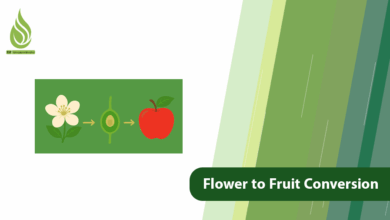
Everything About the Process of Flower to Fruit Conversion
The transformation from flower to fruit is a complex and essential biological process in plants. It plays a crucial role in producing both edible and non-edible fruits, supporting agriculture, ecosystems, and food security worldwide. In this detailed guide, we’ll break down the various stages of how flowers turn into fruits. We’ll also cover the key hormones involved and the environmental conditions that can impact this process. Whether you’re a farmer managing orchards or a gardener looking to boost yields, understanding…
Read More -
Articles
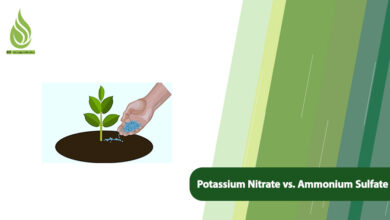
Potassium Nitrate vs. Ammonium Sulfate: Which One Is Better?
In modern agriculture, choosing the right fertilizer can make all the difference in crop yields, soil health, and overall farm efficiency. Potassium nitrate and ammonium sulfate are two widely used chemical fertilizers that both provide essential nitrogen, a critical nutrient for plant growth. However, they differ in their composition, effects on soil, absorption rates, and ideal applications. Using these fertilizers at the right time and in the proper way can significantly enhance agricultural productivity. To make informed decisions, it’s important…
Read More -
Articles
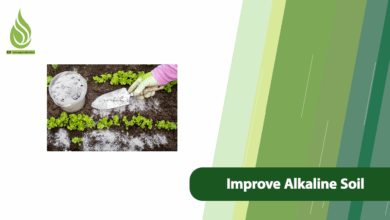
Why Does Soil Become Alkaline? How to Improve Alkaline Soil?
Soil is the foundation of plant and tree growth in agriculture. Its quality directly impacts plant health, productivity, and overall farm success. One common challenge farmers face worldwide is alkaline soil, which can hinder nutrient absorption and lead to lower yields. Alkaline soil, often found in arid and semi-arid regions, makes it tough for plants to access essential nutrients, resulting in stunted growth and reduced harvests. In this guide, we’ll explore the reasons soil becomes alkaline, its key characteristics, the…
Read More -
Articles
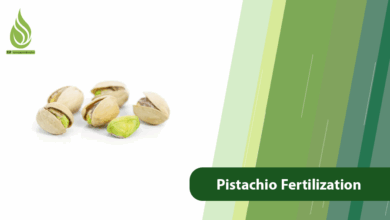
Pistachio Fertilization Program: Essential Nutrients
Pistachios (Pistacia vera) rank among the most valuable nut crops globally, with significant production in regions like the United States, Iran, Turkey, and other parts of the Middle East. The U.S. alone accounts for about 75% of the world’s pistachio supply, with California leading the charge in innovative cultivation practices that emphasize sustainable fertilization to boost yields and quality. This hardy tree thrives in hot, dry climates, making it a staple in arid areas across the Middle East, where water…
Read More -
Articles
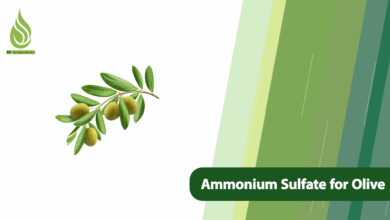
The Impact of Ammonium Sulfate Usage for Olive Cultivation
Olive cultivation is a cornerstone of agriculture in many regions around the world, particularly in the Mediterranean basin and the Middle East, where olive trees thrive in warm, semi-arid climates. These resilient trees produce not only valuable fruit but also high-quality olive oil, a staple in global diets known for its health benefits. However, achieving optimal yields and quality requires careful attention to soil nutrition. Among the various fertilizers available, ammonium sulfate stands out as a key player due to…
Read More -
Articles
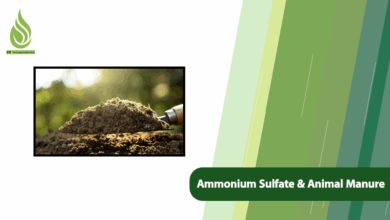
Why Combine Ammonium Sulfate Fertilizer and Animal Manure?
Soil is the foundation of plant and tree growth, and its quality directly impacts agricultural productivity. Reviving soil through the right mix of fertilizers is a proven strategy to boost crop yields and ensure long-term sustainability. Research and experiences show that blending ammonium sulfate fertilizer with animal manure creates optimal growing conditions for plants, enhancing nutrient availability and soil health. In this guide, we’ll explore key insights on combining ammonium sulfate and animal manure and provide practical, evidence-based advice to…
Read More -
Articles

The Secret of Juiciness in Oranges, Lemons & Other Citrus
Juiciness in citrus fruits is a game-changer for market appeal and consumer satisfaction. Not only do juicy fruits taste better, but they also pack more nutritional punch, making them a staple in diets worldwide. In this guide, we’ll uncover the secrets to achieving ultra-juicy oranges, bitter oranges (also known as Seville oranges), lemons, and tangerines (mandarins). Drawing from global agricultural practices, we’ll explore strategies. Whether you’re a backyard grower or a commercial farmer, these tips can transform your harvest. Why…
Read More -
Articles
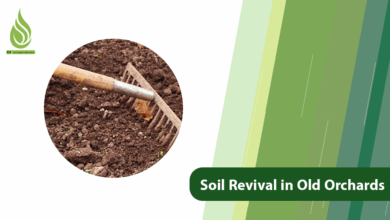
Soil Revival in Old Orchards to Boost the Performance
Many orchard owners, after years of tending to their gardens, notice that their trees aren’t producing as abundantly as they once did. Fruits are smaller, leaves look lackluster, and the soil seems lifeless. If you have an old orchard with declining yields or weakening trees, the key solution lies in soil revival. In this guide, we’ll explore proven methods for rejuvenating soil in aging orchards and explain how these techniques can dramatically improve tree performance. These strategies can help restore…
Read More -
Articles
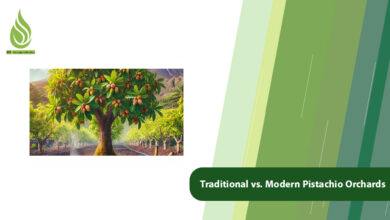
Traditional vs. Modern Pistachio Orchards: A Complete Comparison
Pistachios stand as one of the world’s most valuable nut crops, playing a pivotal role in global agriculture, particularly in arid regions like the Middle East. As a strategic export for countries such as Iran, pistachios contribute significantly to non-oil revenues and support livelihoods for millions of farmers. Worldwide, pistachio production has seen steady growth. However, growers worldwide, especially in water-scarce areas, are grappling with the choice between sticking to time-honored traditional methods or embracing modern techniques to boost efficiency…
Read More -
Articles

Agriculture in Pakistan Faces Several Major Challenges!
Agriculture stands as one of the foundational pillars of Pakistan’s economy. This sector not only provides food for the nation’s rapidly growing population but also serves as a primary source of employment and income for millions of people. However, Pakistan’s agriculture is grappling with serious challenges that pose threats to food security and the country’s sustainable development. In this article, we’ll dive into the key challenges facing agriculture in Pakistan and explore practical solutions for them. The Importance of Agriculture…
Read More -
Articles
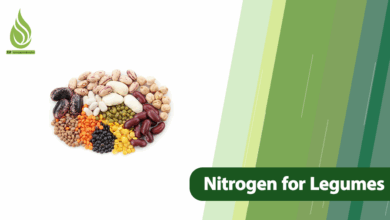
The Impact of Nitrogen Management on Boosting Protein Levels in Legumes (Lentils, Chickpeas, and Beans)
Nitrogen is a vital nutrient for plant growth, playing a central role in enhancing both the quantity and quality of crops, especially legumes. In legumes such as lentils, chickpeas, and beans, protein content is one of their most valuable nutritional attributes, making them essential staples in global diets. Effective nitrogen management can significantly increase the protein levels in these crops, improving their nutritional value and supporting food security on a planetary scale. In this article, we’ll explore how nitrogen management…
Read More -
Articles

Which Nitrogen Fertilizer is Best for Citrus?
Nitrogen is a cornerstone element in the growth and development of citrus trees. It plays a vital role in metabolic processes, chlorophyll production, and ultimately, fruit yield. Choosing the right nitrogen fertilizer can significantly impact the growth rate and fruit quality of citrus crops, including oranges, lemons, grapefruits, and mandarins. In this article, we’ll explore the effects of popular nitrogen fertilizers for citrus: urea, ammonium nitrate, and ammonium sulfate. We’ll break it down step by step, drawing on best practices…
Read More